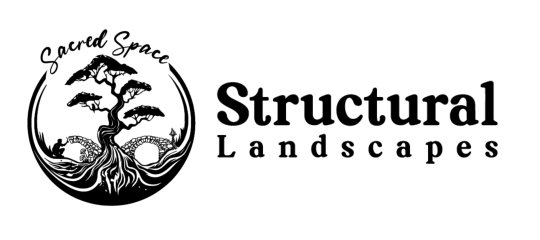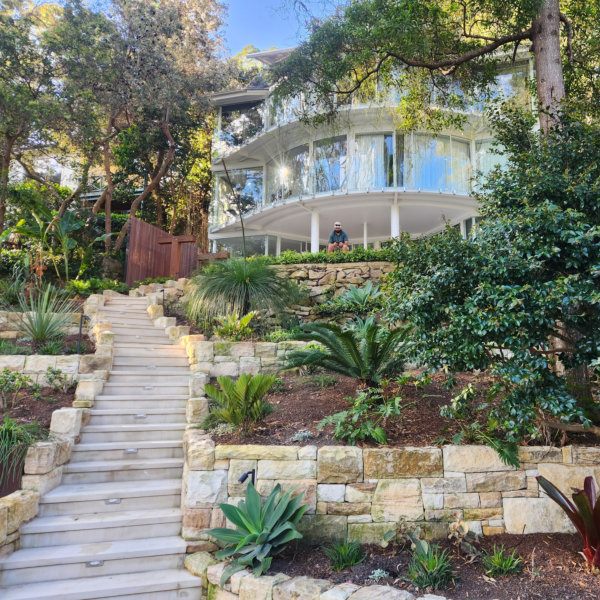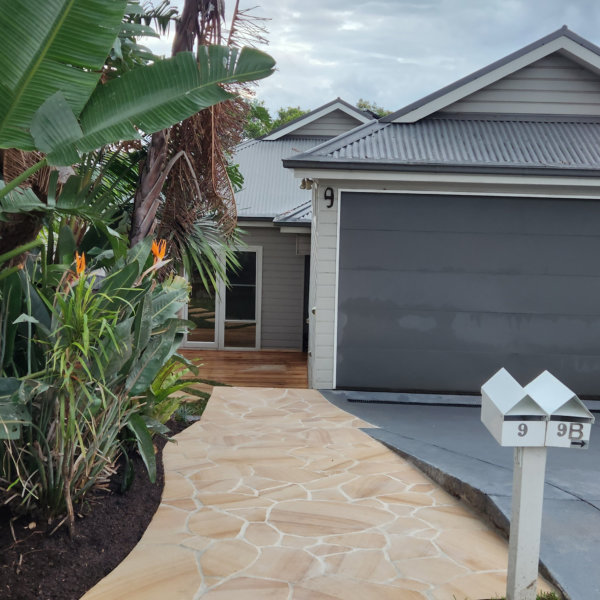Landscape Design
Embarking on the journey of landscape design is an invitation to co-create with nature, an exploration of harmony between the built and natural environments.
We believe that every outdoor space has the potential to become a masterpiece—a living canvas that reflects the unique vision and lifestyle of its inhabitants.
Unveiling the Essence of Landscape Design
Our philosophy in landscape design transcends the purely aesthetic; it delves into the intricate dance between the natural elements—earth, water, air, and fire. In this exploration, we not only craft visually stunning environments but also strive to create spaces that inspire and nurture. As part of this holistic approach, we embrace the principles of Feng Shui, an ancient Chinese art that harmonizes individuals with their surroundings.
Feng Shui, meaning “wind and water,” is a philosophy deeply rooted in the balance and flow of energy, known as chi, within a space.
By incorporating Feng Shui principles into our landscape designs, we aim to enhance the positive flow of energy, creating environments that not only please the eye but also foster a sense of well-being and balance.
In the world of landscape design, Feng Shui becomes a guiding element, influencing the placement of elements, the selection of plants, and the overall layout of outdoor spaces.
It is a harmonious integration of aesthetics and energy flow, ensuring that the landscapes we create not only look beautiful but also contribute to a sense of peace, harmony, and positive energy for those who inhabit and interact with them.
Crafting Your Personal Oasis
Your outdoor space is an extension of your home and a reflection of your personality. Whether you envision a serene retreat, an entertainment hub, or a vibrant garden bursting with colour, our landscape designers are passionate about bringing your dreams to life. Through thoughtful collaboration, we delve into your preferences, lifestyle, and the unique characteristics of your property to design a space that resonates with your vision.
The Design Process Unveiled
Our design process is a meticulous journey guided by creativity, expertise, and a commitment to excellence. It begins with an in-depth consultation, where we listen to your ideas, aspirations, and practical considerations.
Site analysis follows, allowing us to understand the natural features, microclimates, and potential challenges of your landscape.
From there, our skilled designers craft a bespoke plan that seamlessly integrates functional elements, hardscapes, lush plantings, and captivating focal points.




